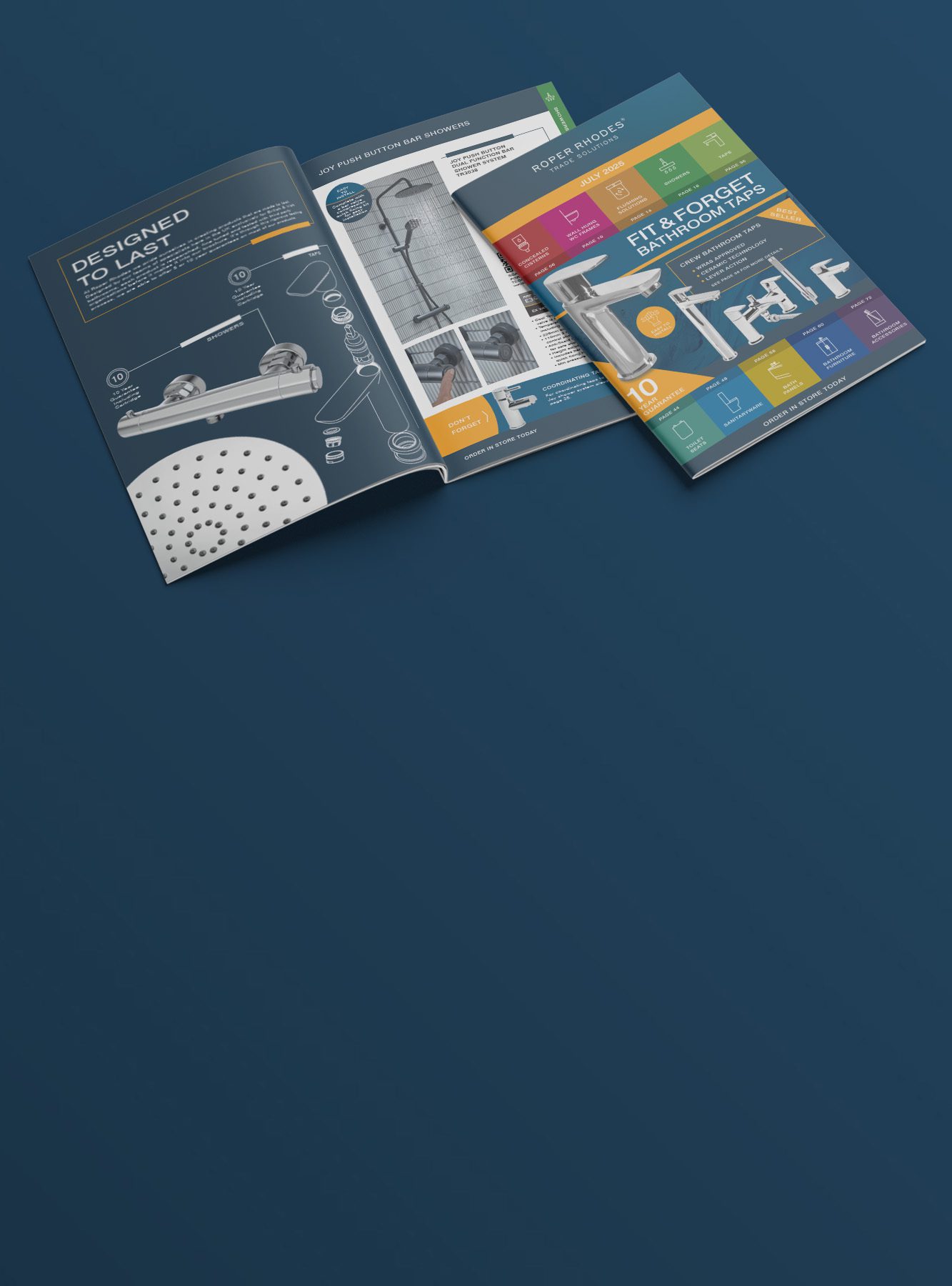How to Seal a Shower | Step-by-Step Guide
Sealing a shower is a necessary step that must be taken to prevent water from leaking out, and damaging the surrounding walls and flooring. Correctly applied sealant will also reduce the chances of mould developing in the crevices between the tiling and the shower itself.
In this step-by-step guide, we detail how to correctly seal a shower, alongside the tools you’ll need for the job. We also advise you how to remove old sealant if you’re performing some straightforward bathroom maintenance.
Tools required
Step one: Preparing the area
Step two: Applying the sealant
Step three: Smoothing the sealant

Tools Required
To complete this job, you’ll need some basic tools, which will be available through a selection of our nationwide stockists or your nearest hardware store.
You’ll need the following:
Tube of bathroom sealant
Cartridge gun
Sealant finishing tool
Cleaning spray
Scraper or utility knife (if removing old sealant first)
Is caulk or silicone sealant better for showers?
Caulk and silicone sealants can both be used for sealing a shower. However, we’d recommend using a silicone based sealant, since it offers greater elasticity when dry, making it less prone to cracking under movement.
What is the best sealant for sealing a shower?
There’s a variety of great sealants to choose from when undertaking a task like this. Whilst there isn’t one specific brand we’d recommend, we suggest looking for a quality silicone sealant that has anti-mould properties.
Step One: Preparation
The first thing you need to do is prepare the area you’re going to be sealing. This means removing any dirt, dust or general detritus from the space you’ll be applying sealant to.
It’s important that the area is nice and clean because it will give the sealant a stable surface to adhere to, which will maximise its longevity and prevent any unwanted leaks.
If you’re reapplying sealant to a previously installed shower, then you’ll need to use a scraper tool to remove the old sealant.
A quality scraper tool should be able to get all the old sealant off with some perseverance. If some bits are giving you a hard time, then we’d recommend using a utility knife with a new blade to remove them.
Once the previous sealant has been removed, give everything a good clean, and make sure the surfaces are smooth to the touch.
Safety: As with any blade, we’d recommend taking your time. Ensure you’re not leaving your other hand along the route you’re cutting through, to prevent an injury caused by a potential slip.
Tip: Once cleaned, make sure the area you’re sealing is totally dry.
Step Two: Applying the Sealant
Now your area is prepared, you’re ready to start applying the sealant.
The first thing we’d recommend is getting acquainted with the cartridge gun if you haven’t used one before. They’re straightforward to use, and feature a basic trigger mechanism and push rod to squeeze sealant out of the tube.
To prepare the sealant tube, cut the tip of the applicator at a 45-degree angle to achieve the desired bead size. You don’t have to cut it at an angle, but it does allow for a smoother application whilst controlling the flow of the sealant.
Once done, place the tube in the cartridge gun and adjust the push rod mechanism so it’s touching the base of the tube.
Place the tip of the gun at one end of the area you’re sealing, and slowly press the trigger until sealant starts to appear.
Once sealant emerges from the applicator, slowly start moving the gun along the seam at a steady pace. When doing this, you’re looking to create a bead with a consistent thickness and no spaces.
After you’ve finished applying sealant, we’d recommend releasing the push rod by a small amount. This relieves the pressure on the tube, which prevents any further sealant from coming out.
Tip: If you haven’t applied sealant before, then use a cardboard box with two sides at a 90-degree angle to each other to practice on.
Tip: Ensure the shower tray has been filled with water, or that you’re standing inside the shower when applying sealant. Shower trays can flex under weight, so ensuring any gaps are sealed under normal usage conditions will prevent any unwanted leaks.
Step Three: Smoothing the Sealant
Once you’ve applied the sealant to the seams of the shower, you’re ready to smooth it out.
We’d recommend a dedicated smoothing tool for this part of the job. They tend to be small, square tools with a 45-degree angle at each corner (with varying sizes).
Find the right size for your application, then begin by dipping the tool in some soapy water, which will help prevent the sealant from sticking to the tool. Once done, run the tool along the applied sealant, creating a smooth finish.
Can I use my finger to smooth sealant?
Yes, using a finger to smooth sealant is a common alternative to using a dedicated tool. However, we’d always recommend using a tool to reduce the chances of introducing bacteria into the sealant, whilst maintaining a consistent finish.
If you don’t have a smoothing tool, then we’d suggest cleaning your hands thoroughly before using this method.
More handy guides and resources
At Roper Rhodes Trade Solutions, we offer a variety of excellent products through our nationwide stockists and our best to give our customers the support they need, which is why we offer a range of guides and resources to help with any job.

